Bread is still a breakfast staple, but it is being replaced with more exotic variants such as croissants and muffins
Ever a breakfast staple and still present at 37% of all breakfasts, bread is starting to lose out to some of its more exotic, Continental-style counterparts.
TNS Family Food Panel says breakfast croissants, crumpets and muffins have grown by 8% while bread has dropped 4% and warns this could lead to a long-term decline in the use of spreads.
Andrew Brown, interim director at the Federation of Bakers, points out that there are a variety of breads to cater for a range of requirements and that brown and wholemeal offerings “are driving the market, together with increased innovation from bread manufacturers across the country”.
But he adds: “It’s crucial for bakers and retailers to continue to provide a fresh and interesting fixture to keep consumers’ attention and maintain the emphasis on quality.
“Equally important is to continue to convey the importance of bread in the diet through advertising and promotions.”
Jam manufacturer Bonne Maman acknowledges there’s work to be done in keeping the category alive.
“As the traditional British breakfast fry-up, followed by toast and marmalade, has been nudged off the table by changing lifestyles and replaced by cereals, snacks and ‘deskfast’ meals, the sweet spreads category will have to work hard to achieve improved penetration and consumption in an increasingly crowded market,” it says. It adds that the perception of a ‘proper’ breakfast as more of a weekend treat means that the premium jam sector is the one that is fuelling growth in both value and volume.
Among companies benefiting from the move towards breakfast convenience is Délifrance, whose marketing controller Lucy Pickersgill points out: “Breakfast is now taken much later and there is a shift towards Continental products because they can be eaten at any time of the day.”
The company recently introduced a Butter Brioche Loaf and Pickersgill says: “We’ve seen a huge boost in popularity for brioche, largely due to increased awareness and consumers’ willingness to experiment with new lines.”
Bakehouse has seen a similar swing towards eating on the go, which it is hoping to boost with its launch of miniature patisseries selections, including croissant, pain chocolate and pain raisin.
Meanwhile, Cuisine de France, which produces similar products to be baked in-store, has just launched a range of hot breakfast snacks under its Pierre’s Food to Go brand, including a Breakfast Bar which is said to incorporate all the ingredients of a full English breakfast in a hand-held pastry bar.
Other innovation in the sector includes Lyle’s Golden Syrup Fruit Loaf, which it claims is rich in fibre-filled fruits and 95% fat free.
Ever a breakfast staple and still present at 37% of all breakfasts, bread is starting to lose out to some of its more exotic, Continental-style counterparts.
TNS Family Food Panel says breakfast croissants, crumpets and muffins have grown by 8% while bread has dropped 4% and warns this could lead to a long-term decline in the use of spreads.
Andrew Brown, interim director at the Federation of Bakers, points out that there are a variety of breads to cater for a range of requirements and that brown and wholemeal offerings “are driving the market, together with increased innovation from bread manufacturers across the country”.
But he adds: “It’s crucial for bakers and retailers to continue to provide a fresh and interesting fixture to keep consumers’ attention and maintain the emphasis on quality.
“Equally important is to continue to convey the importance of bread in the diet through advertising and promotions.”
Jam manufacturer Bonne Maman acknowledges there’s work to be done in keeping the category alive.
“As the traditional British breakfast fry-up, followed by toast and marmalade, has been nudged off the table by changing lifestyles and replaced by cereals, snacks and ‘deskfast’ meals, the sweet spreads category will have to work hard to achieve improved penetration and consumption in an increasingly crowded market,” it says. It adds that the perception of a ‘proper’ breakfast as more of a weekend treat means that the premium jam sector is the one that is fuelling growth in both value and volume.
Among companies benefiting from the move towards breakfast convenience is Délifrance, whose marketing controller Lucy Pickersgill points out: “Breakfast is now taken much later and there is a shift towards Continental products because they can be eaten at any time of the day.”
The company recently introduced a Butter Brioche Loaf and Pickersgill says: “We’ve seen a huge boost in popularity for brioche, largely due to increased awareness and consumers’ willingness to experiment with new lines.”
Bakehouse has seen a similar swing towards eating on the go, which it is hoping to boost with its launch of miniature patisseries selections, including croissant, pain chocolate and pain raisin.
Meanwhile, Cuisine de France, which produces similar products to be baked in-store, has just launched a range of hot breakfast snacks under its Pierre’s Food to Go brand, including a Breakfast Bar which is said to incorporate all the ingredients of a full English breakfast in a hand-held pastry bar.
Other innovation in the sector includes Lyle’s Golden Syrup Fruit Loaf, which it claims is rich in fibre-filled fruits and 95% fat free.



![XOXO-Product-Shot[ALL FLAVOUR]-Sky-1920x1080](https://dmrqkbkq8el9i.cloudfront.net/Pictures/274x183/4/9/2/355492_xoxoproductshotallflavoursky1920x1080_806584_crop.jpg)




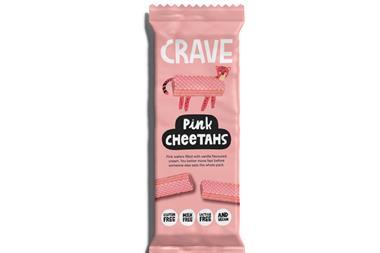
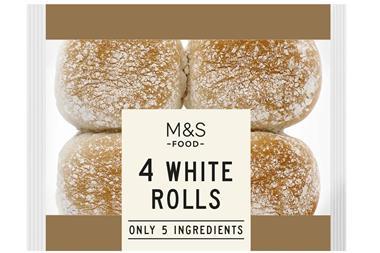
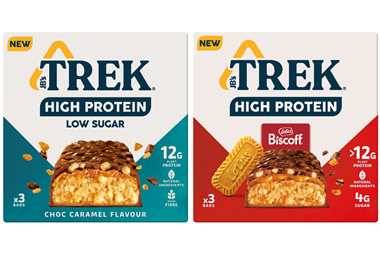

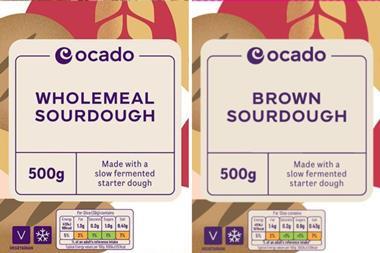

![XOXO-Product-Shot[ALL FLAVOUR]-Sky-1920x1080](https://dmrqkbkq8el9i.cloudfront.net/Pictures/380x253/4/9/2/355492_xoxoproductshotallflavoursky1920x1080_806584_crop.jpg)
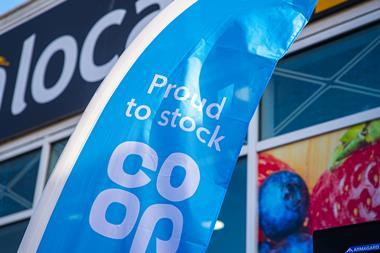

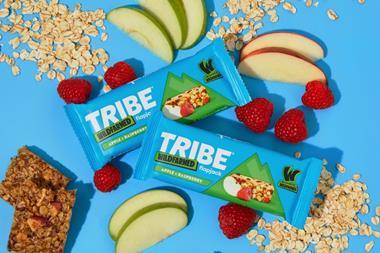
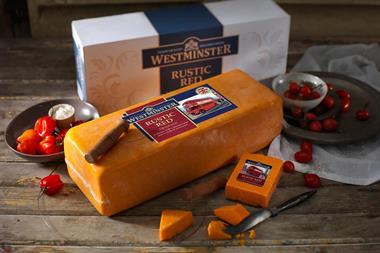
No comments yet